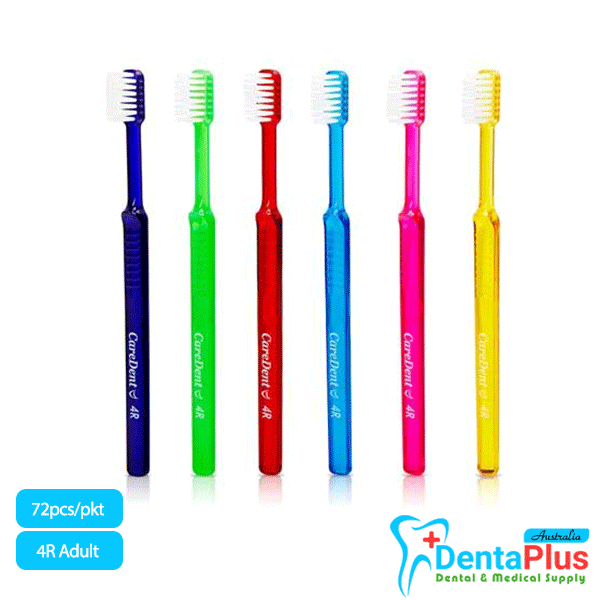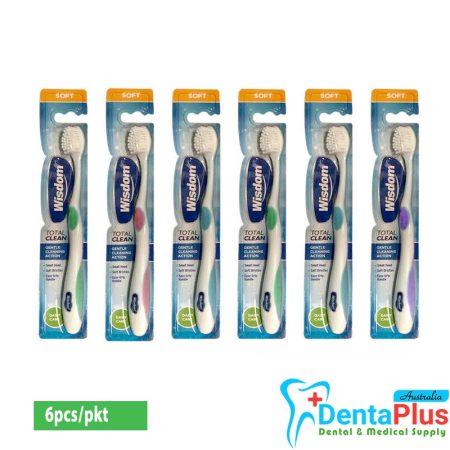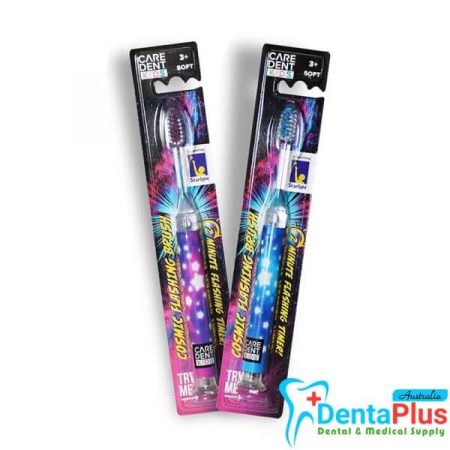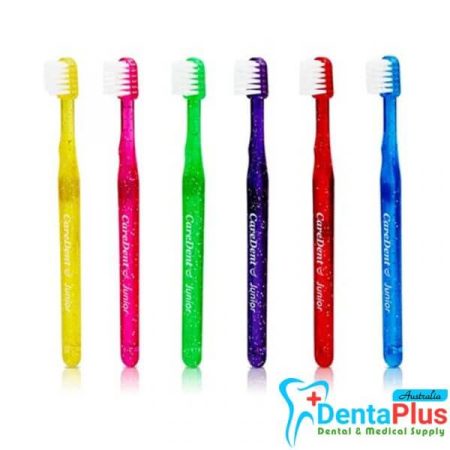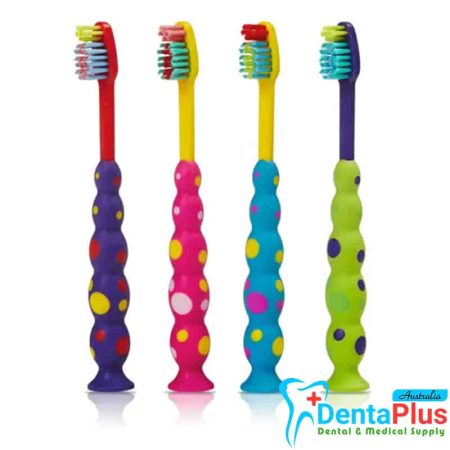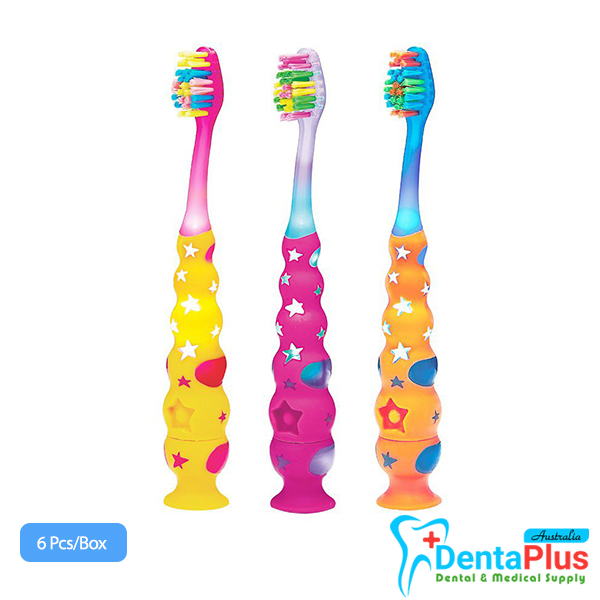
Toothbrushes
The Ultimate Guide to Choosing the Best Toothbrush for Optimal Oral Health
Introduction to Toothbrushes
Your toothbrush is one of the most essential tools for maintaining oral hygiene. A good toothbrush helps remove plaque, prevent cavities, and keep your breath fresh. But with so many options available—manual, electric, bamboo, smart—it can be overwhelming to choose the right one.
The toothbrush has come a long way from ancient times when people used twigs or animal bones to clean their teeth. Today, we have advanced toothbrushes with soft bristles, smart technology, and ergonomic designs. Understanding the different types of toothbrushes and their features will help you pick the best one for your needs.
Types of Toothbrushes: Which One Is Right for You?
Manual Toothbrushes
Manual toothbrushes are the most common type found in households. They are affordable, widely available, and come in different sizes, bristle types, and designs.
Benefits:
-
Affordable and easy to find
-
No batteries or charging required
-
Easy to control pressure while brushing
Drawbacks:
-
Requires proper technique for effective cleaning
-
No built-in timer, so people may not brush long enough
Best for: People who prefer a simple, no-fuss brushing experience.
Electric Toothbrushes
Electric toothbrushes come with vibrating or rotating heads to help remove plaque more effectively than manual toothbrushes.
Benefits:
-
More effective plaque removal
-
Built-in timers ensure proper brushing duration
-
Great for people with limited mobility
Drawbacks:
-
More expensive than manual toothbrushes
-
Needs charging or battery replacement
Best for: Individuals looking for a deeper clean, people with braces, and those who struggle with manual brushing.
Smart Toothbrushes
Smart toothbrushes sync with apps to track your brushing habits, provide feedback, and suggest improvements.
Benefits:
-
Real-time data on brushing habits
-
Helps improve technique
-
Great for kids and tech-savvy users
Drawbacks:
-
Expensive
-
Requires smartphone connectivity
Best for: Tech lovers and those who want to track their oral health habits.
Eco-Friendly Toothbrushes
Sustainable options like bamboo toothbrushes and biodegradable toothbrushes are gaining popularity.
Benefits:
-
Environmentally friendly
-
Made from sustainable materials
-
Biodegradable options reduce waste
Drawbacks:
-
Limited availability in some areas
-
Some bristles still contain nylon
Best for: Eco-conscious individuals looking for sustainable alternatives.
Choosing the Right Toothbrush Bristles
Selecting the right bristle type is crucial for maintaining healthy teeth and gums.
Soft vs. Medium vs. Hard Bristles
-
Soft bristles: Recommended for most people, especially those with sensitive gums.
-
Medium bristles: Suitable for those who prefer a slightly stronger cleaning effect.
-
Hard bristles: Not recommended as they can cause gum damage and enamel erosion.
Nylon vs. Charcoal-Infused Bristles
-
Nylon bristles: Standard in most toothbrushes, durable and effective at cleaning.
-
Charcoal-infused bristles: Claimed to help with whitening and antibacterial benefits.
How Bristle Shape Affects Cleaning
-
Round bristles: Gentle on gums, effective for sensitive teeth.
-
Flat bristles: Good for general cleaning.
-
Zig-zag bristles: Help clean between teeth better.
How to Properly Use a Toothbrush for Maximum Effectiveness
Using a toothbrush correctly ensures better cleaning and healthier teeth.
-
Hold the toothbrush at a 45-degree angle to your gums.
-
Use gentle, circular motions rather than aggressive scrubbing.
-
Brush for at least 2 minutes twice a day.
-
Don’t forget to clean your tongue to remove bacteria causing bad breath.

